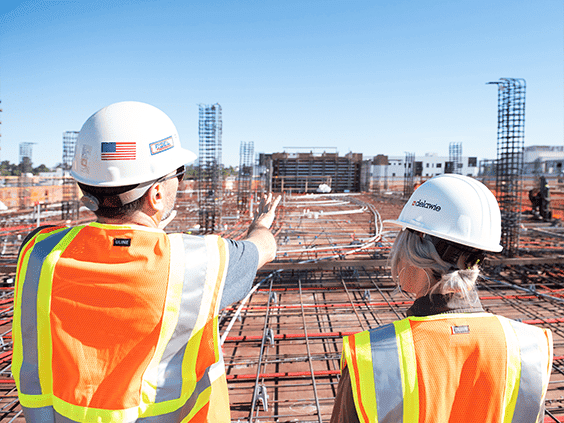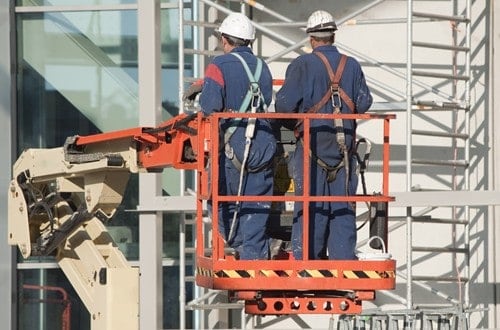In many companies, workplace safety culture is focused on accidents. This is a missed opportunity for businesses to capitalize on the benefits of proactive safety and how it can transform company culture.
With that in mind, it can still be challenging to change a corporate culture and use shared beliefs to reduce the number of hazards and shape a risk management plan. It requires a collaborative effort from all members of the business, especially those at the top. However, once accomplished, a company that works together safely can be much more efficient on the job.
Use training to help employees understand
The first step on the path to transforming company culture is education. Many businesses turn to training programs and coaching to complete this. Training often targets a large group of people, sometimes even the entire workplace at once. On the other hand, coaching provides a more personal experience, where two people can sit down and discuss issues together. Both can be helpful in developing a new safety culture.
In addition, the company should try replacing older experiences, such as those that shaped the previous culture – with new ones. This more hands-on approach is recommended for changing business composition. Once employees understand the new direction of the company, they can be given the tools to make it happen. For example, it may be beneficial to offer workshops, form committees and create new positions to support goals. All of these steps can give workers something to strive for, as well as a fresh perspective on the company’s culture.
Keep an eye on safety
The goal of changing the company’s culture is to make sure overarching themes and beliefs are in sync throughout the business. Getting everyone on the same page can have the added bonus of improving safety and reducing workers’ compensation insurance costs.
According to the Occupational Safety and Health Administration (OSHA), culture has been shown to directly limit the amount of accidents and injuries in the workplace.
To start, employees should understand what a safety culture entails, such as:
- Shared beliefs
- Common practices
- Positive attitudes
- General atmosphere
Ideally, these elements of a safety culture will allow everyone in the company to take responsibility for the security of the workplace. This goes beyond the average requirements and duties. Instead, workers should be willing to make changes on their own, and be proactive with hazards and other threats that could jeopardize the safety of fellow colleagues.
However, building this type of environment takes some time, and it is up to management to get the process started. In order to begin, leadership must determine the safety responsibilities of each worker. Then, they can ensure the goals for every employee are in line — from the top all the way to the bottom. To further this mission, it can also be smart to offer incentives for safe work and institute disciplinary measures for actions that go against policy. A safety committee comprised of managers and employees can help make sure incentives and disciplinary actions are acceptable by all standards.
Utilizing the resources of your insurance carrier can also be helpful as companies look to transition culture. Your local Amerisure risk management consultant can help with all stages of your safety culture journey. Talk to an Amerisure agency today, or contact [email protected].



